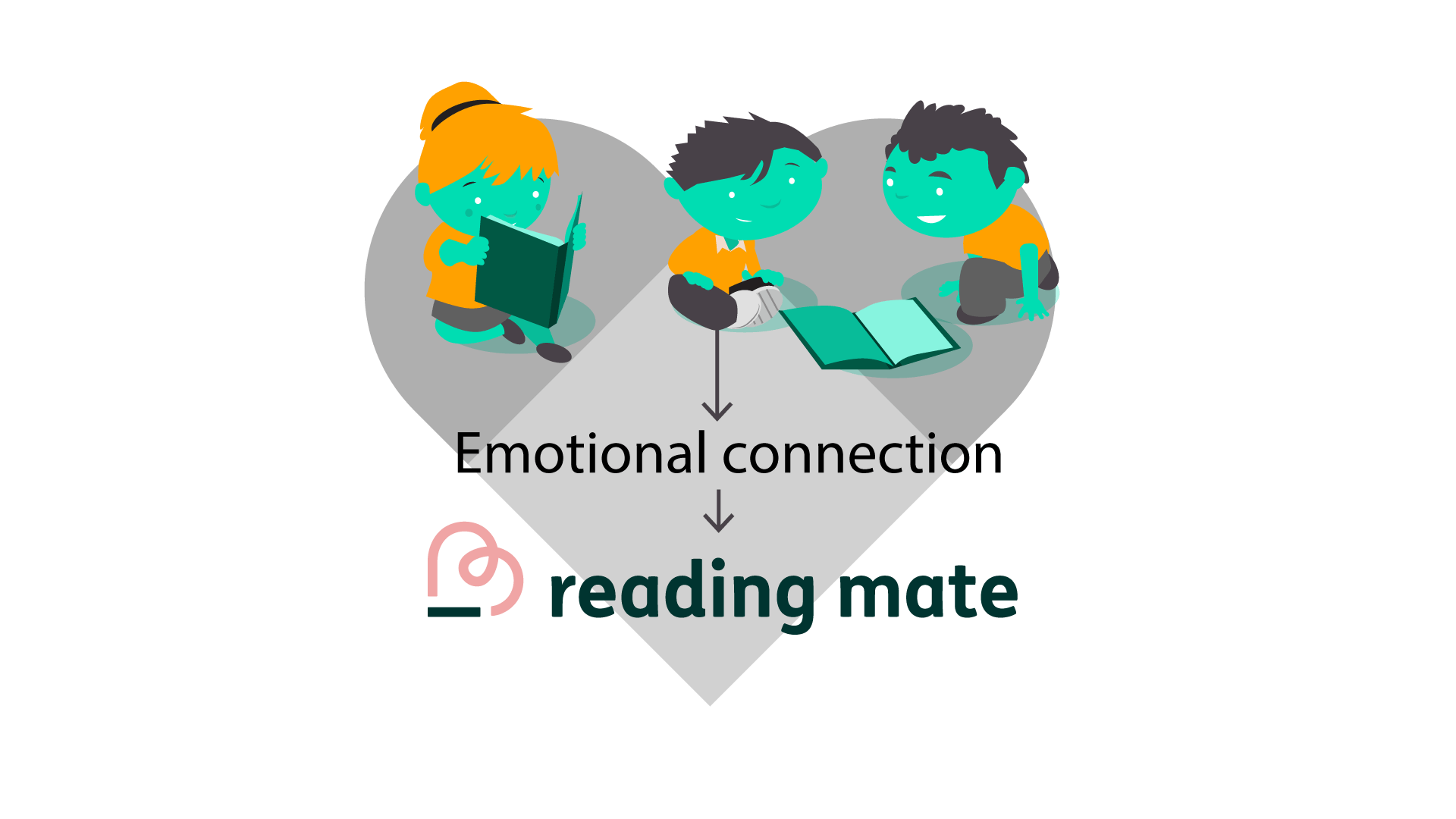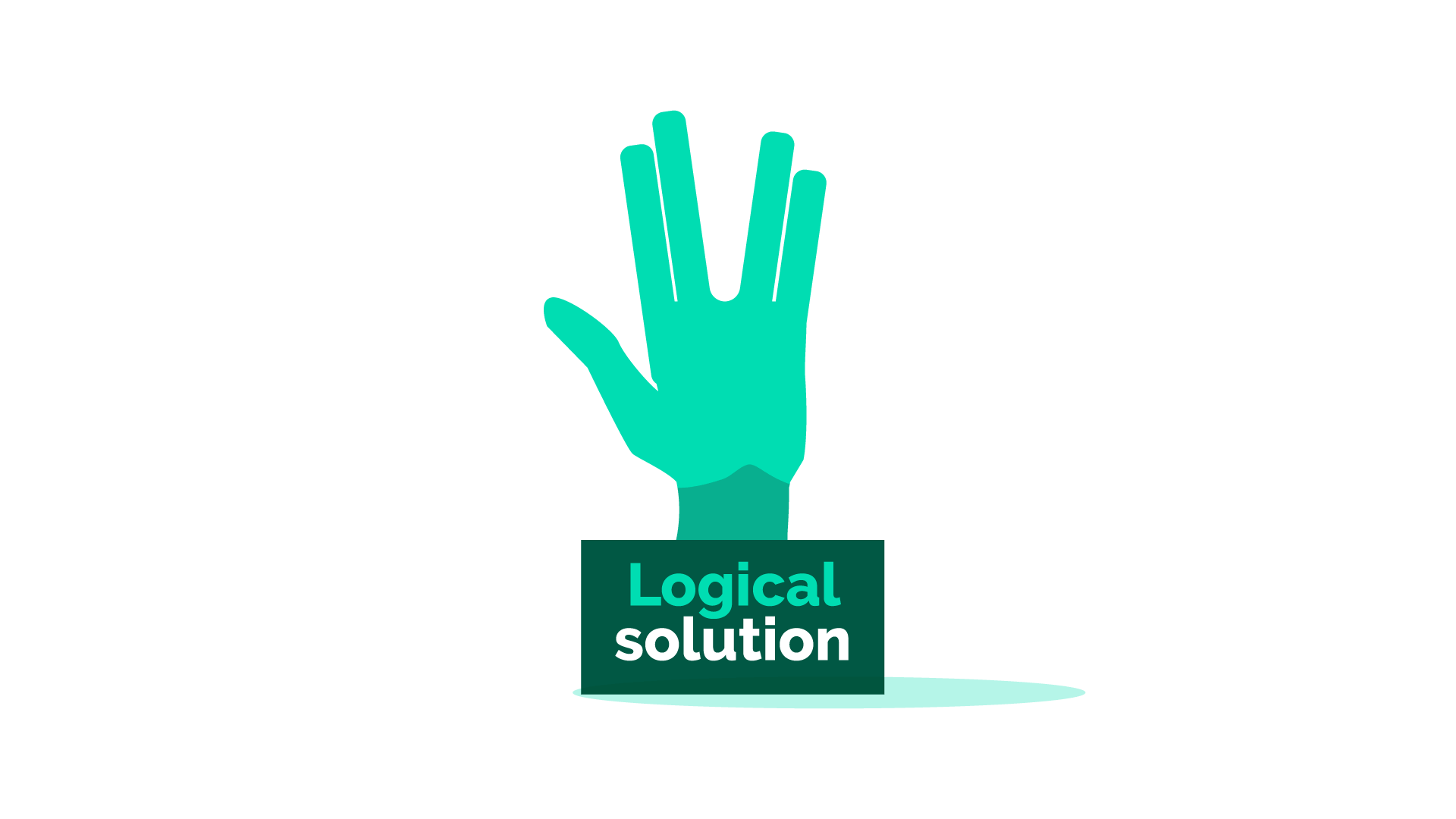The key to successful content marketing is in the problem, not the solution. The problem is what customers care about – it’s the pain point in their lives that prevents them from being happy/successful/the best version of themselves.
A lot of companies tend to focus on ‘the solution’. We’ve had loads of conversations with people who say, “I want to rank online for [insert general keyword].” So they create landing pages around solution-focused keywords and then wonder why they’re not gaining traction.
Have you ever considered why this doesn’t work?
- Everyone does this – why would you expect your website to rank above everyone else?
- Bigger companies are already years ahead of you.
- It assumes people know or care who you are – they don’t.
- Focusing on solutions means that you aren’t listening to your client’s problems – you’re already out of the conversation.
Focusing on the problem allows you to resonate with your audience on their terms. It also means that you can compete against bigger players with bigger budgets who dominate your solution-based terms.
People don’t spend all their time searching for the best or quickest way to solve their problems – you might have to spell it out for them to even recognise that what they’re experiencing is a problem.
Focus on the problem, not the product

Think about your marketing: are you helping your audience solve a problem, or are you simply providing the solution? Most people get stuck here. Their strategy is the digital equivalent of holding a banner saying, “I am great.”
That will work for 1% of your audience, but most people won’t buy until they know that you can help on a deeper level. Your challenge is to create content which leads towards you as the logical solution but focusing on the problem as the raison d’etre. Your content should make you an authority.
People don’t spend all their time searching for the best or quickest way to solve their problems. Oftentimes, they may not even be fully aware of the problem. You might have to spell it out in order for them to even recognise that what they’re experiencing is a problem.
If the horse comes before the cart, the problem comes before the solution. Customers are not going to care about the solution unless they care about the problem first. So, your job when it comes to content marketing is to:
- Define the problem and its root cause (why it’s happening).
- Highlight how it might be affecting them and the likely consequences of not dealing with the problem.
- Create the need for your product as the logical solution.
What’s the problem? A case study in problem-led marketing

Let’s look at the UK-based app, Reading Mate, as an example. It was designed to encourage children to develop good reading habits. And it’s marketed to parents as making their lives easier when it comes to supporting their child’s literacy skills.
Reading Mate focuses on the problem rather than the product: reading is a critical life skill that helps children reach their full potential, but many children are falling behind, which impacts their quality of life, both now and in the future.
Children who are encouraged to read for pleasure are reported to have higher levels of mental wellbeing, better cognitive development, and improved vocabulary and communication skills. But both parents and children need support to make this happen. Reading Mate provides that support, helping parents to get their kids reading.
They identify a pain point that many parents can relate to – struggling with encouraging their child to read. They also identify why that’s a big problem – parents might not have realised the negative knock-on effects of poor literacy skills. By focusing on the problem, Reading Mate creates the need for a solution.
Creating an emotional connection with your customers

Now think about your marketing: are you helping your audience solve a problem, or are you simply providing the solution? Pinpointing a problem that your customers identify with is how you connect with them emotionally.
By appealing to parents’ fears and hopes for their children, Reading Mate engages people around the problem and drives people to their product as a logical solution. But there’s more to it than that…
Talking about the problem is only one-half of your content marketing equation. The other half is showing why the problem needs to be solved. What will happen if you ignore the problem or pretend it doesn’t exist? What are the costs or the consequences?
Defining someone’s problem doesn’t necessarily drive them to fix it. Reading Mate paints a picture of a better life for children, but parents have to act – it’s a problem with a ticking clock. The costs and consequences of inaction are important because it creates a sense of urgency, which is what’s needed to drive action.
The logical solution

To ensure your marketing drives customers to your business as the logical solution to their problem, here is an activity for you to work through. This will provide the talking points that will form the basis of your content marketing.
- Do customers really understand the problem? Or is the problem they think they have just the tip of the iceberg? What is the real problem they’re facing?
Your audience is probably unaware of the problem they’re facing; they may only be experiencing the symptoms of a bigger problem – you have to diagnose the root cause before you can treat it. - Why is this a problem worth solving?
Identify all of the benefits that result from the problem being solved. - What are the costs or consequences of not dealing with this problem?
Identify all of the knock-on effects of not solving the problem. What is the worst-case scenario for carrying on with ‘business-as-usual’?
The more ‘pain’ the problem causes for your target audience, the more valuable your solution will be. If you’re not sure how to identify your customers’ problem and dig down to its root cause, sign up for our 1-2-1 guided coaching sessions. Or, if you want to start from the beginning and see where you stand, take our content marketing challenge.





